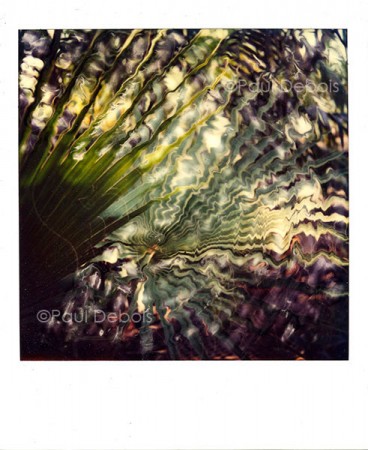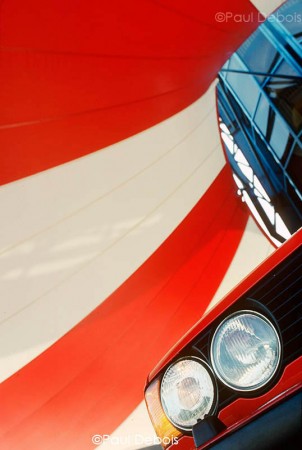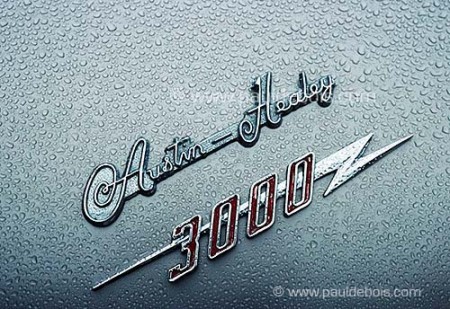Just a quick note on a couple of things worth looking at. The first is a clip from a WTTW broadcast on American TV called Chicago Tonight. It details the discovery of a collection of street photographs taken by a nanny named Vivian Maier, who worked in New York from the 1950’s through to the early 1990’s. The collection amounts to an estimated 100,000 negatives, and could be one of the most important photographic discoveries for many years. The work is largely unknown – even her employers through the years didn’t really appreciate what she was doing. But it is a fascinating document of street scenes and people in New York during the middle of the twentieth century.
The photographs were discovered by John Maloof at an auction in Chicago 2007, who bought just one of the lots offered for sale. When he discovered the quality of the work, he traced the other auction buyers, and bought their collections too. There are even boxes of unprocessed film, which is slowly being developed. He is currently working through the negatives, a monumental scanning task that could take many years. Ultimately the collection could prove to be worth a significant amount of money, and there are plans for exhibitions at the moment in the USA.
It brings up the oft quoted discussion of film versus digital – will it be possible in 50 years time to discover a box full of hard drives in an attic and still find that the technology works well enough to fire up and retrieve the data? In reality, it is probable with the absolute mass of material being produced digitally now, that discoveries will be made in the dusty corners of networking sites like Flickr or their successors – these organizations are less likely to delete data now that storage has become so cheap. With ‘Digital Clouds’ too, offsite storage will replace the general use of hard-drives. So will ‘discoveries’ become more common? And then what happens to copyright? Another argument!
The programme has been posted on YouTube, and gives a good account of something many photographers and collectors would dream about!
You can see some of the stills in this video:
The other thing worth a view is probably less significant, but nevertheless, still fascinating. The British Council is making 13 archive films from its collection publicly available for the first time. Some can be seen on Vimeo and one in particular comes to mind. The World Garden (1941) is a Technicolor film of Kew Gardens made during World War Two. Largely a morale boosting film, it takes you round the gardens and looks at the work of the people and it has a beautiful colour, reminiscent of the slightly saturated botanical books printed in the 1950’s and 1960’s. Thanks to my colleague, Sally Nex, for pointing this out on her BBC blog.
>
Also, have a look at The Life of the Rabbit – a wildlife film from simpler times!



